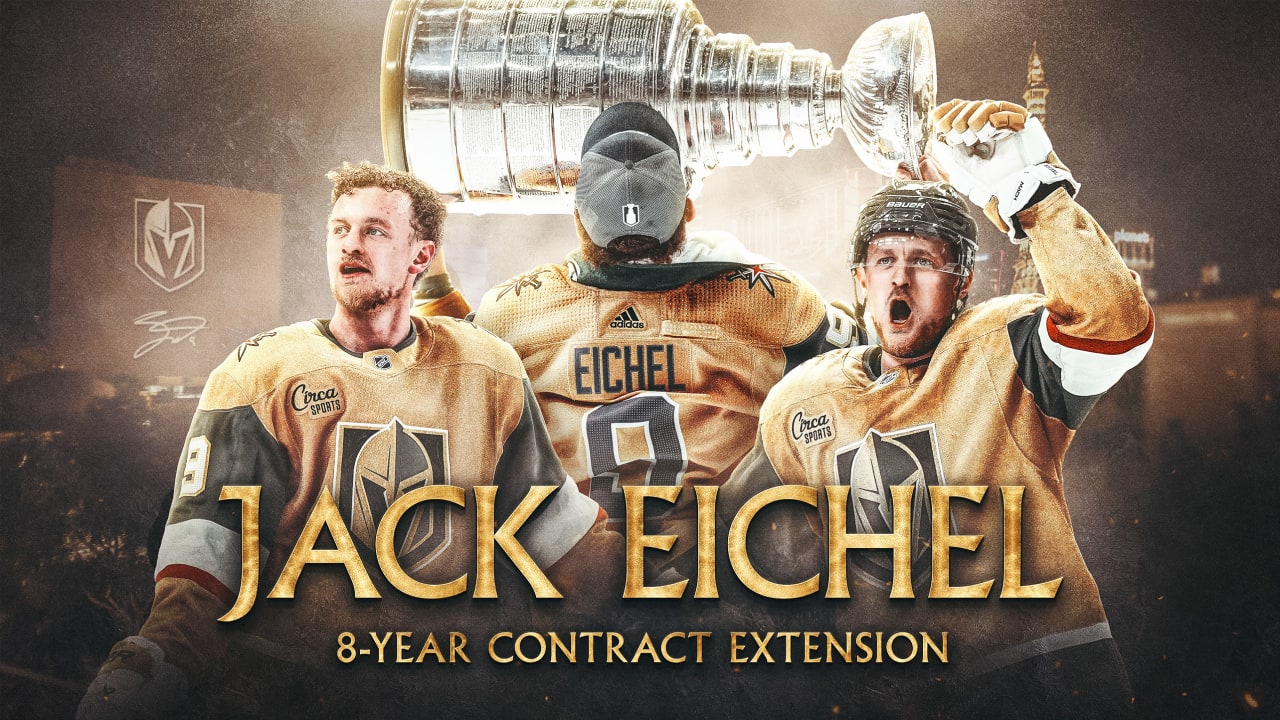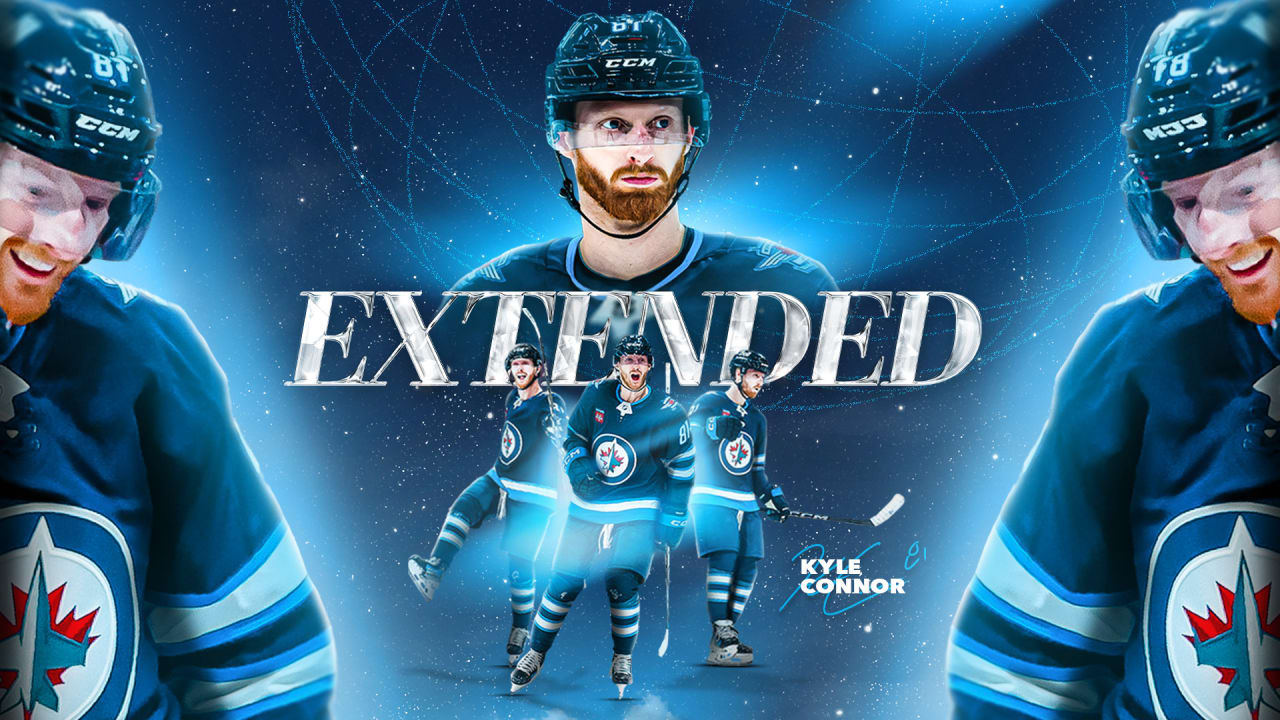TORONTO — Days after Connor McDavid signed a team-friendly contract extension with the Edmonton Oilers — forgoing a raise on a deal he originally signed in 2017 — NHL commissioner Gary Bettman said the game’s top player should be “commended” for his approach to the negotiations.
McDavid signed a two-year, $25 million extension with the Oilers on Monday to try to give management more flexibility to build a championship-caliber roster around him. At least five NHL players will earn more than the league’s five-time scoring champion annually starting with the 2026-27 season.
“First of all, it’s a lot of money by any standard, and I think it’s a testament to Connor’s passion for the game and his commitment to Edmonton,” Bettman said Wednesday, before the Toronto Maple Leafs hosted the Montreal Canadiens in their season opener. “If I were an Oilers fan, I’d be excited, and if I were his teammate, I’d be thrilled to know the team is going to have some more flexibility in terms of creating a team that’s been even more, if it’s possible, successful.
“Let’s not forget: They’ve been to the Stanley Cup Final twice in the last two years. I think that in the final analysis, that speaks so well as to a superstar viewing his role in the game and his personal values.”
McDavid’s extension came amid a flurry of big-ticket signings leaguewide in recent weeks and bucked the prevailing trend.
Kirill Kaprizov, Jack Eichel and Kyle Connor each landed the maximum eight-year term on extensions and earned considerable raises in the process: Starting next season, Kaprizov will pull in $17 million annually from the Minnesota Wild, Eichel will get $13.5 million from the Vegas Golden Knights, and Connor will get $12 million from the Winnipeg Jets.
That group of elite offensive performers is the beneficiary of a surging salary cap, which has already been locked in for two more big jumps in the next two seasons. Bettman said the rationale for fixing the cap ceiling through 2027-28 came out of a shared desire by the NHL and NHL Players’ Association to smooth the growth coming out of the flat cap imposed during the COVID-19 pandemic.
“We didn’t want it to happen all at once because that would have skewed salaries and been, if you will, fortuitous and maybe unfairly, to the players who happen to be free agents when that happened,” Bettman said. “So we’re staging how we catch back up with what the cap would otherwise have been if we didn’t have a flat cap.”
The current $95.5 million cap is slated to jump to $104 million next season and $113.5 million the year after that.
Though there have been whispers that those numbers could end up being even higher because of encouraging revenue projections, Bettman flatly denied that notion: “I don’t know who is making that suggestion, or why.”
“If something dramatically happens one way or the other, we have the ability together to address it, but our projections over the last 20 years as it relates to this stuff has been pretty good,” he added.
Still, business seems to be booming across the league.
The NHL is anticipating revenue growth to come from its shift to an 84-game regular season next year — a change that was included in the CBA extension completed in June — and Bettman reiterated that the league continues to field expansion interest from multiple cities despite not being in a formal expansion mode.
One of the trickle-down effects of the recent batch of big-money signings is that the quality of the 2026 free-agent class has been rapidly diluted. However, Bettman doesn’t seem concerned about any potential loss of opportunity to generate fan engagement with less player movement between teams.
“I think a lot of fans like having continuity and rooting for their players,” he said. “I mean, if you polled most fans, they probably don’t like free agency — I mean, it’s good for your business, in terms of writing stories — but if you’re a lifelong fan of a team and you’ve watched a young player, a superstar in some cases, develop and grow, you like seeing him stay where he is.
“I’m not sure I buy your premise.
“At worst, there are two sides to that coin.”
Source link


